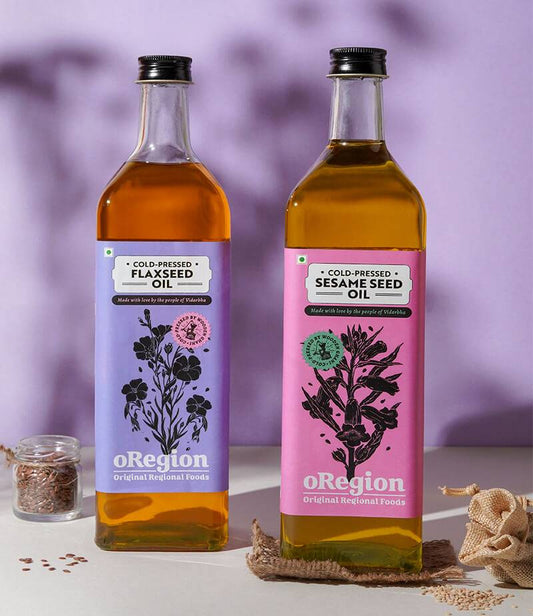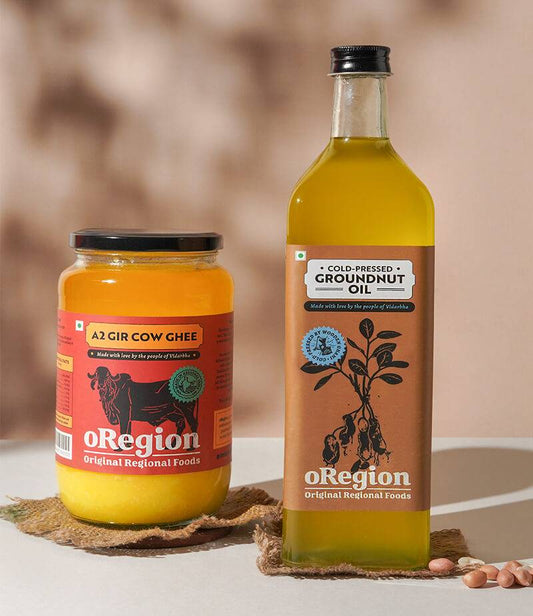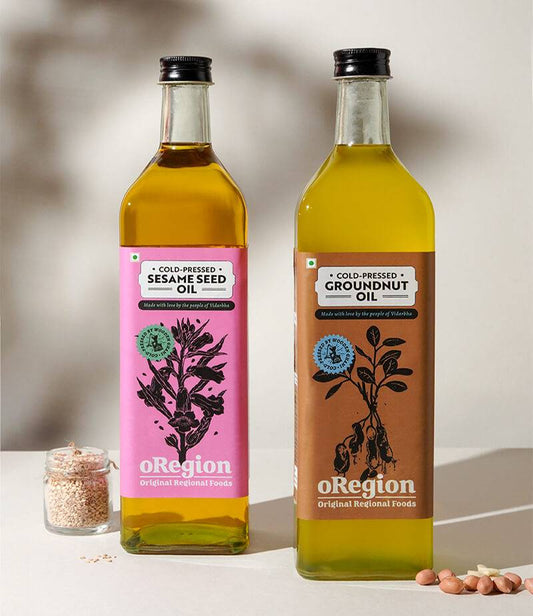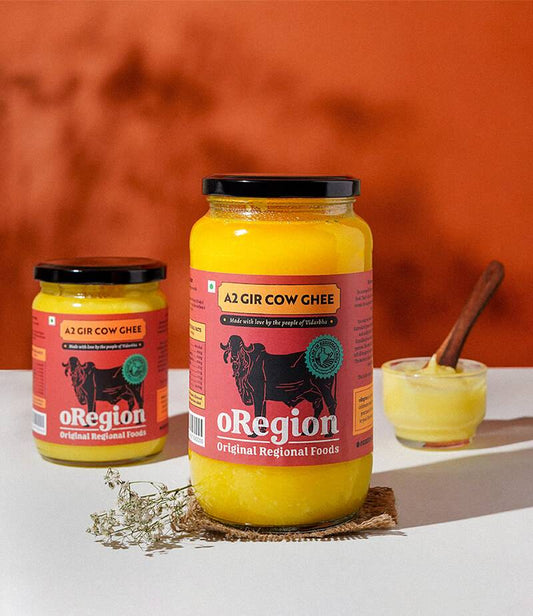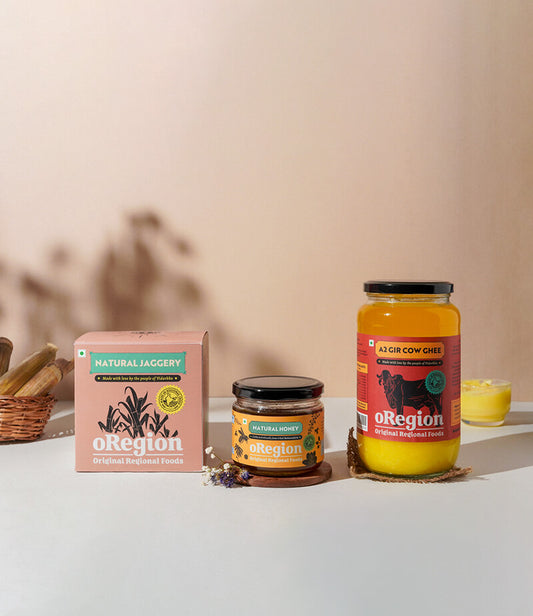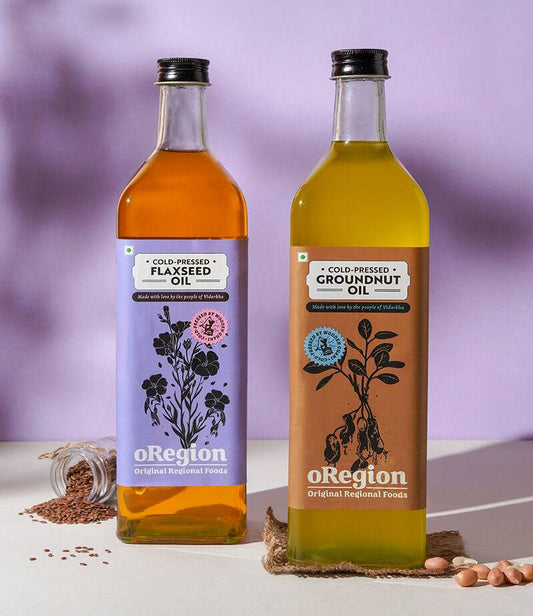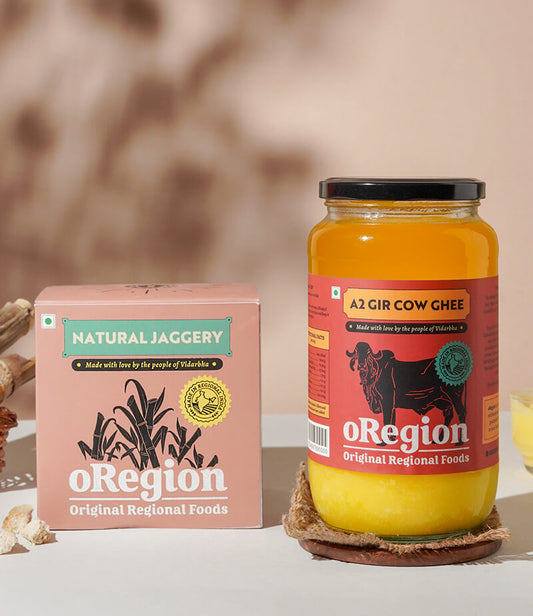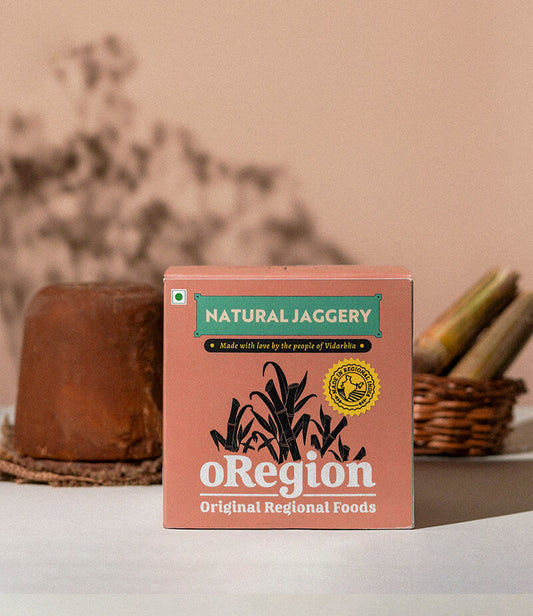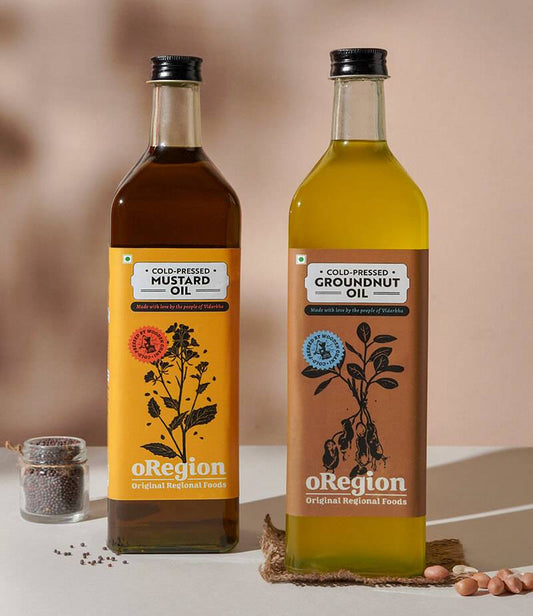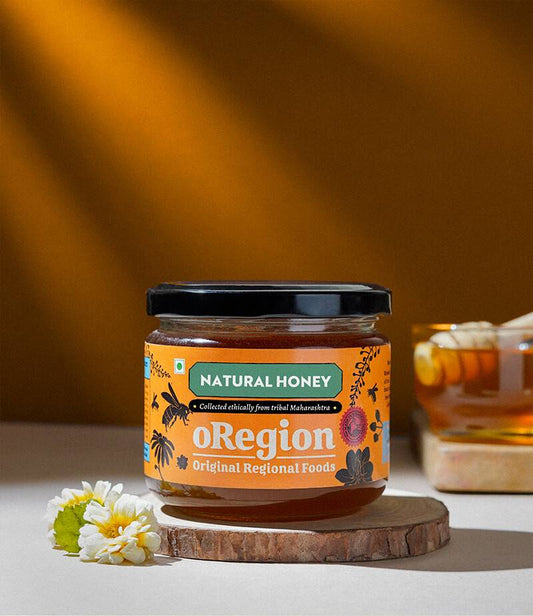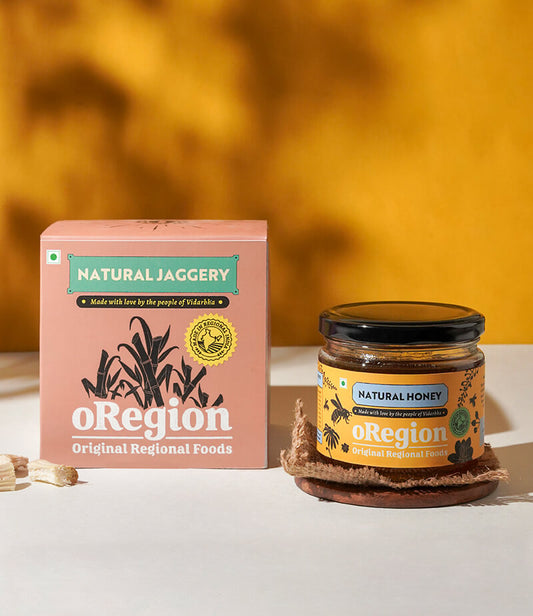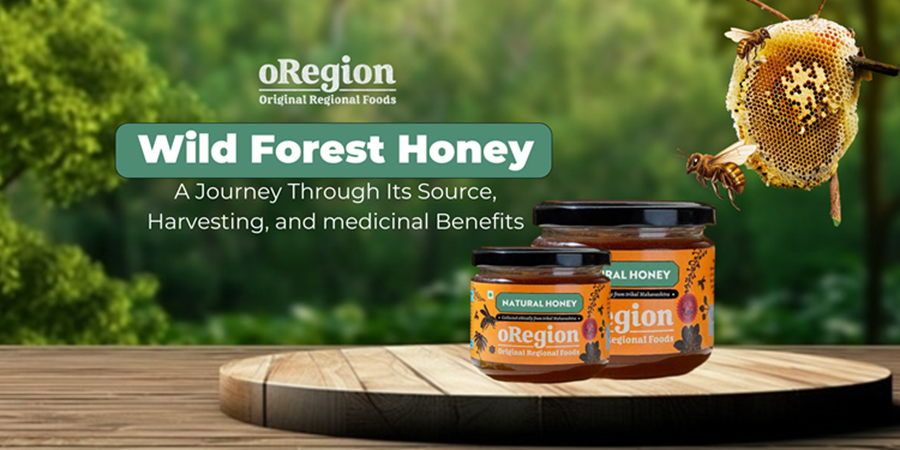
Wild Forest Honey: A Journey Through Its Source, Harvesting, and medicinal Benefits
By oRegion foodsWild forest honey is nature’s treasure trove, offering unparalleled taste, health benefits, and purity. Unlike conventional honey, which often comes from managed bee boxes, wild forest honey is a gift from untouched wilderness. Collected from the tribal forests of Gadchiroli, Maharashtra—known as the "Lung of Maharashtra"—this honey is a powerhouse of medicinal properties and nutritional value. Let’s explore the magic behind this natural wonder, its source, harvesting process, and medicinal benefits.
Introduction to Wild Forest Honey
Wild forest honey is unlike anything you’ve ever tasted. It’s collected from the natural beehives of Rock bees (Apis dorsata) in the wild forests, untouched by human intervention. The nectar comes from a variety of medicinal plants, making it Natural Raw Multiflora Honey—a powerhouse of taste, health, and medicinal properties.
What makes it stand out? It’s not just the honey itself, but the way it’s harvested—with care, without smoke or fire, and without harming the bees. Imagine a honey that’s as close to nature as it gets, full of nutrients and devoid of additives or artificial flavors.
The Source: Tribal Forests of Gadchiroli
Gadchiroli, located in Maharashtra, is often referred to as the "Lung of Maharashtra" because over 35% of the district is covered in dense wild forests. These forests are home to medicinal trees such as:
-
Neem (Azadirachta indica): Known for its antibacterial properties.
-
Mahua (Madhuca longifolia): Renowned for its immunity-boosting capabilities.
-
Doodhkuda (Wrightia tinctoria): Aids in digestion and skin health.
-
Kukuranji (Calycopteris floribunda): An antioxidant-rich plant.
The wild ecosystem of Gadchiroli ensures that honeybees have access to these diverse flora, which significantly enrich the honey’s nutritional and medicinal value.
What Makes Wild Forest Honey Special?
a. Natural Beehives Over Bee Boxes
Unlike conventional honey, which comes from managed bee boxes, wild forest honey is harvested directly from natural beehives, ensuring no human interference in the bees' natural processes.
b. Role of Rock Bees
Indian Rock bees (Apis dorsata) are large, ferocious, and known for their ability to produce high-quality honey. These bees exclusively collect nectar from wild forest plants, ensuring the honey remains pure and medicinally rich.
c. Multiflora Characteristics
The honey contains nectar from a variety of plants, each contributing unique properties. It’s not just honey; it’s a blend of nature’s best.
The Art of Harvesting Wild Forest Honey
The harvesting process is as unique as the honey itself. Tribals, often referred to as Honey Artisans, are trained in innovative, cruelty-free methods. No smoke or fire is used, which means the honeybees remain unharmed and can continue pollinating the forests.
Medicinal Benefits of Wild Forest Honey
Wild forest honey is more than a sweetener; it’s a natural healer. Here’s what it offers:
-
Immunity Booster: Regular consumption helps strengthen the immune system.
-
Antibacterial Properties: Effective against infections.
-
Energy Booster: Provides a natural source of energy without additives.
-
Antioxidant Richness: Fights free radicals, promoting better health.
 The Unique Taste and Aroma of Wild Forest Honey
The Unique Taste and Aroma of Wild Forest Honey
One taste of wild forest honey, and you’ll know why it’s so revered. Unlike processed honey, which often tastes bland or overly sweet, wild forest honey has a robust, earthy flavor with a hint of medicinal undertones. This distinctive taste comes from the nectar of medicinal plants like Neem, Mahua, Anjan, and Kukuranji.
The presence of natural pollen grains adds to its depth and aroma. This rich scent is a true reflection of its origin—wild forests untouched by pollution or synthetic chemicals. When you open a jar of oRegion's honey, the smell of nectar and wildflowers fills the air, a sensory experience unlike any other.
Mono-Floral vs. Multi-Floral Honey
a. What Is Mono-Floral Honey?
Mono-floral honey comes from bees collecting nectar from a single plant species. For example, honey made from just mustard or sunflower flowers.
b. What Is Multi-Floral Honey?
Multi-floral honey, like wild forest honey, is created when bees collect nectar from a variety of plants. This diversity gives the honey a richer nutritional profile and a more complex flavor.
c. Why Multi-Floral Honey Is Better
-
It combines the medicinal properties of various plants.
-
The flavor is more dynamic and unique.
-
It supports a broader range of health benefits compared to mono-floral honey.
Wild Forest Honey and Sustainability
Choosing wild forest honey isn’t just good for you; it’s great for the environment. Here's why:
-
Supports Biodiversity: By preserving wild forests, honey collection helps maintain ecological balance.
-
Cruelty-Free Practices: oRegion employs smokeless methods that protect honeybees and their natural habitats.
-
Empowering Local Communities: Tribal honey artisans benefit from sustainable livelihoods, reducing their dependence on harmful practices like deforestation.
The Science Behind Wild Forest Honey
Wild forest honey isn’t just a kitchen staple—it’s a scientifically-backed health food. Each drop contains:
-
Pollen Grains: Rich in enzymes and antioxidants that aid digestion and improve immunity.
-
Medicinal Plant Nectar: Offers antibacterial, anti-inflammatory, and antiviral properties.
-
Enzymes and Vitamins: Essential for energy production and cellular repair.
This scientific composition makes wild forest honey far superior to commercially processed alternatives.
Why Choose oRegion’s Natural Raw Multiflora Honey?
oRegion stands apart for its commitment to quality, sustainability, and ethical practices. Here’s what makes their honey special:
-
Cruelty-Free Collection: No smoke or fire is used, ensuring the safety of honeybees.
-
Raw and Unfiltered: The honey retains all its natural nutrients and medicinal properties.
-
Tribal Expertise: Collected by skilled honey artisans trained in preserving purity.
Honey Artisans: The Unsung Heroes
The tribal communities of Gadchiroli, often referred to as Honey Artisans, play a crucial role in the collection of wild forest honey. Trained in cruelty-free practices, these artisans ensure:
-
Honeybees are not harmed during collection.
-
The forests are preserved for future generations.
-
The honey remains as pure as nature intended.
Their dedication not only produces high-quality honey but also sustains their traditional way of life.
Conclusion
Wild forest honey is more than just a sweet treat; it’s a testament to nature’s bounty and human ingenuity. From the pristine forests of Gadchiroli to your table, every step of its journey is steeped in tradition, sustainability, and care. Whether you’re looking for a natural energy booster, a medicinal powerhouse, or a unique culinary experience, wild forest honey delivers on all fronts.
By choosing oRegion’s Natural Raw Multiflora Honey, you’re not just investing in your health—you’re supporting biodiversity, ethical practices, and tribal livelihoods. So, why wait? Embrace the magic of wild forest honey today.
